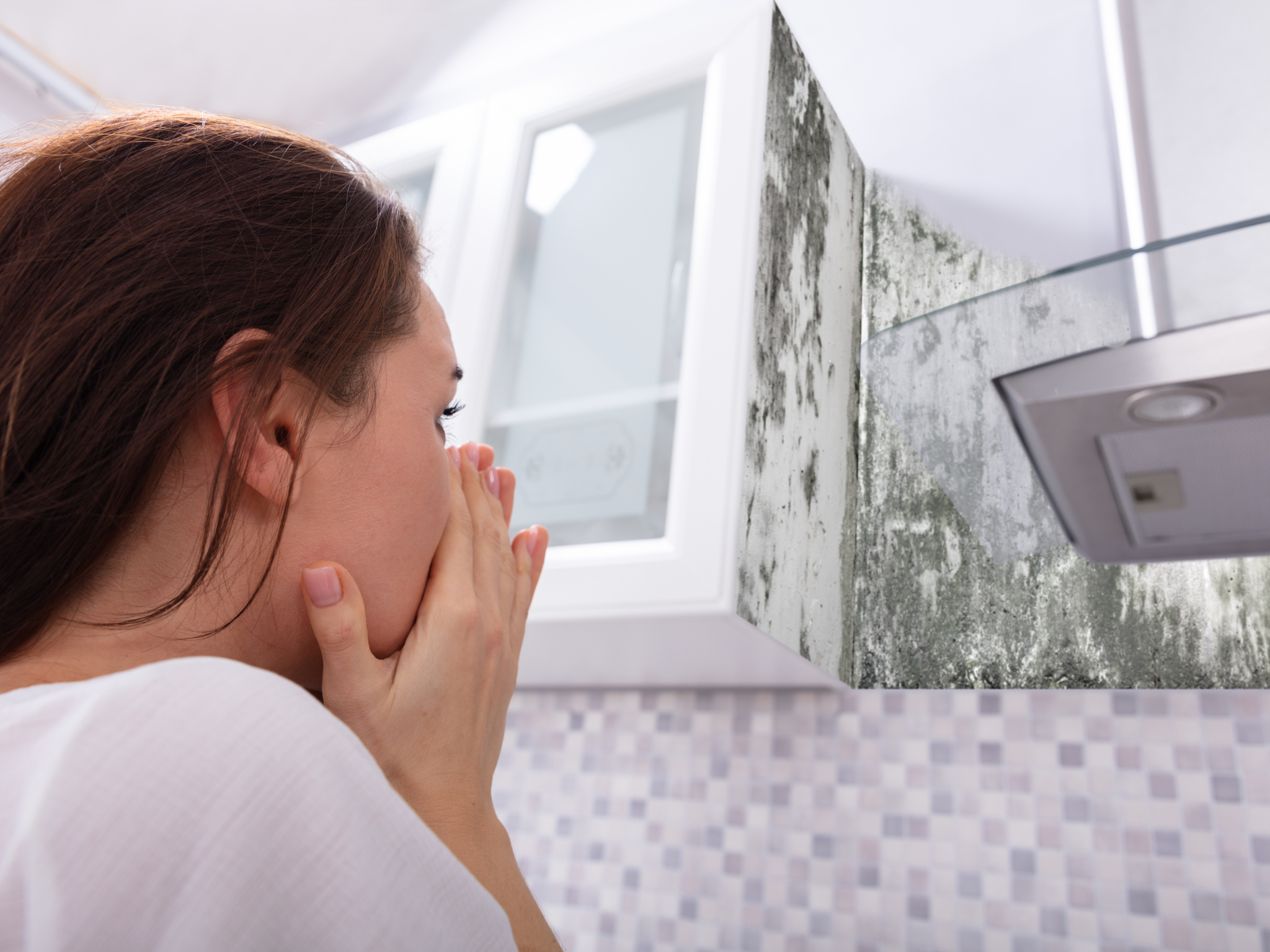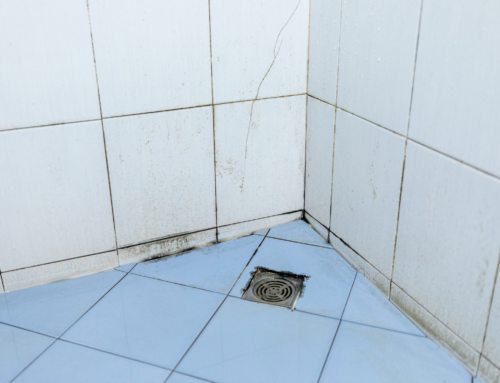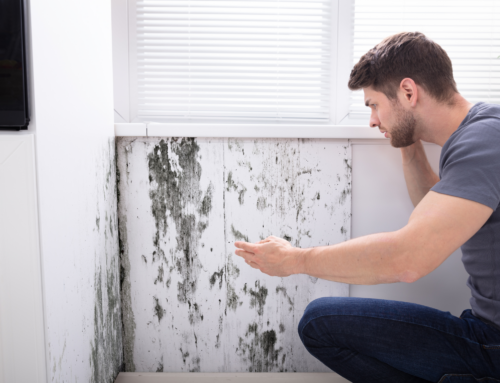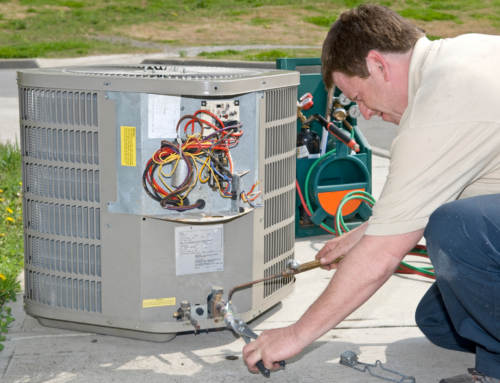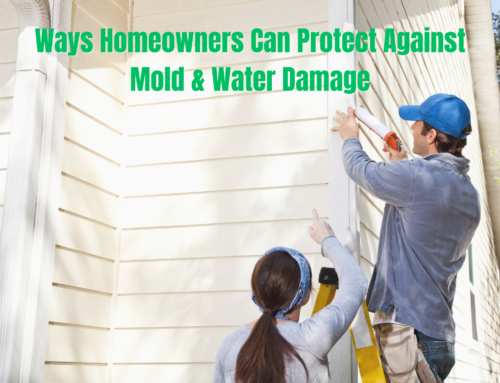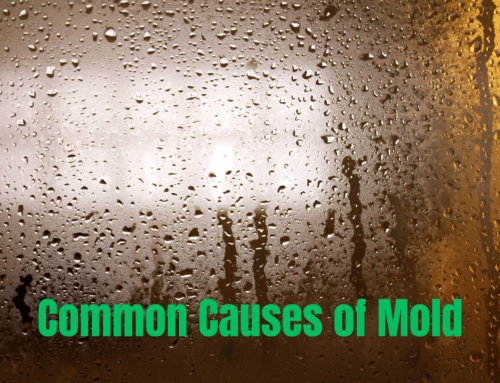Mold is a type of fungus that can grow in moist, humid environments. It can be found indoors and outdoors, and it can come in a variety of colors, including black, green, white, and yellow. Mold can be a health hazard, especially for people with allergies or asthma. If you think you have mold in your home, it is important to take steps to remove it as soon as possible.
Types of Mold
There are many different types of mold, but some of the most common types found in homes include:
- Stachybotrys chartarum (also known as black mold): This type of mold is black or dark green in color, and it can be found in damp, humid environments. Stachybotrys chartarum is considered to be a toxigenic mold, which means that it can produce toxins that can be harmful to human health.
- Aspergillus: This type of mold is common in homes, and it can be found in a variety of colors, including black, green, and white. Aspergillus is not typically considered to be a toxigenic mold, but it can cause health problems for people with allergies or asthma.
- Penicillium : This type of mold is also common in homes, and it can be found in a variety of colors, including blue, green, and white. Penicillium is not typically considered to be a toxigenic mold, but it can cause health problems for people with allergies or asthma.
- Cladosporium : This type of mold is common in homes, and it can be found in a variety of colors, including black, green, and brown. Cladosporium is not typically considered to be a toxigenic mold, but it can cause health problems for people with allergies or asthma.
Health Effects of Mold
Mold can cause a variety of health problems, including:
- Allergic reactions: Mold can cause allergic reactions in people who are sensitive to it. Symptoms of allergic reactions to mold can include sneezing, coughing, runny nose, itchy eyes, and skin rashes.
- Asthma attacks: Mold can trigger asthma attacks in people who have asthma. Symptoms of an asthma attack can include wheezing, shortness of breath, and chest tightness.
- Sick building syndrome: Sick building syndrome is a condition that can cause a variety of symptoms, including fatigue, headaches, respiratory problems, and eye irritation. Sick building syndrome is often caused by exposure to mold, but it can also be caused by exposure to other pollutants, such as chemicals or dust.
- Indoor air quality problems: Mold can contribute to indoor air quality problems. Mold spores can release toxins into the air, which can make the air in your home unhealthy to breathe.
How to Remove Mold
If you think you have mold in your home, it is important to take steps to remove it as soon as possible. Do not attempt to remove mold yourself if you are not properly trained. Instead, contact a professional mold remediation company. A professional mold remediation company will be able to safely and effectively remove the mold from your home.
Preventing Mold
The best way to prevent mold is to keep your home dry and well-ventilated. You can do this by:
- Fixing any leaks in your home
- Ventilating your home properly
- Keeping your home clean and organized
- Using a dehumidifier to control humidity levels in your home
- Not storing damp items in your home
By following these tips, you can help to prevent mold from growing in your home.
If you have any questions or concerns about mold, please contact a Tri-County All Restorations a professional mold remediation company in Fort Lauderdale.

